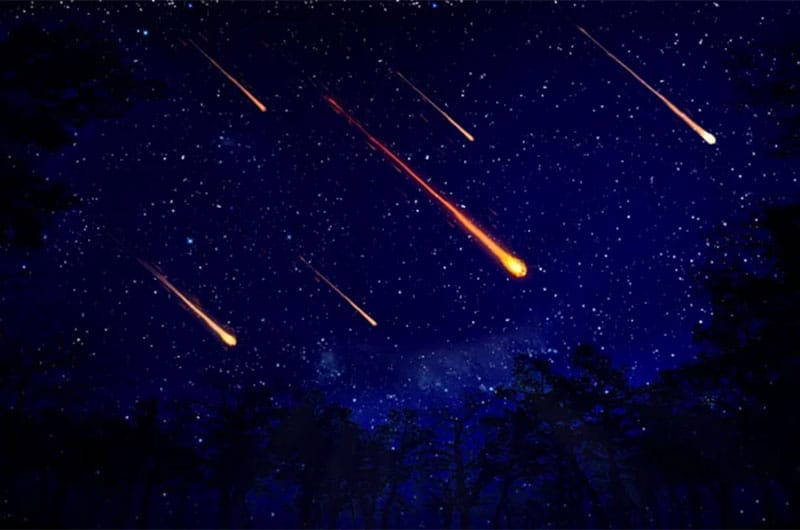by Robert P. Barsanti
After I got the call, I spent an hour or so in my mother’s photo albums. During one of my mother’s chemotherapy summers, she organized a life-time of snapshots and Polaroids into a series of books. Film, in particular Polaroid film, was expensive. As a result, the albums are a collection of birthday parties, trips to the beach, Christmas mornings, and christenings. My sister made her debut on the tenth page of the first album, after the pictures of the last Swiss ski trip, my introduction into the world, and the Fourth of July Tiki party. in her first photo, she is in her christening gown and lying on the sofa.
From there, my mother’s life work proceeds in an orderly and sedate pace through the rest of the Polaroids to Instamatic to 35mm fancy pictures. My sister won swimming medals, played in concerts, and displayed art: paintings, embroidery, and sculpture. Her last photographs, in my mother’s volumes, come at a terminal in Logan Airport where our parents and I accompanied her to the gate for her flight to San Francisco and the West Coast.
My sister’s volumes have not yet been collected. Her life has been essentially American; she just kept moving west until she eventually landed on a mountainside in Hawaii. Her art trailed behind her as she travelled. After two summers on Nantucket, she left some watercolors, some sketches, and one good sized painting. In my best older brother way, I had rolled the painting up and stuck it into an old golf bag in the shed amid the bikes, the old chairs, and the eight pairs of crutches. After the call, I went exploring through cellars and closets for pictures and artwork, then exhumed the canvas.
“The Keeper of the Constellations” is an odd and colorful painting. It displays a spray of yellow stars and dark sky behind a parade of glowing constellations, interrupted by a brown and gold Egyptian staff held by a robed man on a reed boat. The man with the staff seemed to be nudging the Crab into place with the stick. She claimed to have dreamt the image, then sketched and painted it. However, it remained a dream until she came to the island.
My sister came to the island for the same reason I did: to make money. During the day, she weeded, mowed, and harvested. In the afternoon, she made sandwiches. She was in employee housing, sharing a toilet, protecting her Oreos, and making bank that she could bring back to Hawaii.
One moonless evening, around her birthday in the middle of August, I took her out to Codfish Park in Sconset. By then, the summer was weathering. The fireflies had faded into darkness, the song birds had moved on, and the evenings had less fog and more stars. The moon had not yet risen into a quiet sky, and the waves swayed at rest. Behind us, in the west, the night sky had drained light to a dark violet, lit by the evening star low over the Summer House. To the east, one deep sea fishing boat was moving south. We sat on the sand, talked, and watched the stars slowly creep up over the horizon. Over sleepy breaths of the ocean, a bell tolled on a buoy out on a sandbar.
Then, we saw the meteors. The Perseid shower settles in in the middle of August and, as often as not, happens behind a curtain of fog or is outshone by the moon. But on this night, in the dry air of the oncoming fall, the stars fell every few seconds with the momentary streak of one across the sky.
She left me, climbed the stairs to the old slide and tried to get a better vantage point. The artist’s prerogative is to find her own point of view, to create something that you can’t see but she can. Ten feet off the ground makes no difference to stars hundreds of light years away, but it made a difference to her. My sister burned with the shooting lights of her wild eyes.
In those darkened minutes, I became aware of the world islanders take for granted: the millions of stars, the smear of the Milky Way, and the uninterrupted dome of night. I pointed out Cancer and Leo, then she said, before I could, “The Keeper of the Constellations.”
Then the noise of life came driving up Codfish Road with P. Diddy at the wheel. The moment washed away. Others pulled us away from the beach. We left the sand for other nights.
There were other nights, and then they ended. The beach remains, of course. We brush up next to the infinite at the beach. Because we are who we are, we try to break the infinite into snack-sized portions so it will fit on our calendars in between boat reservations. Like landscape to a blind man, the beach is familiar and foreboding. It has the one thing that we don’t: time. Sconset beach itself looks the same as it did all those years ago when we were young and time held us in the palm of her hand. In the middle of this August, Leo will rise out of the ocean, just behind Cancer. Meteors will fall out of the ancient light, their deaths echoed in reflection on the slow turning sea. Behind the sand, the world changed. The slide has been swept out to sea, as have many of the houses, the bike racks, and anything else we leave near the deathly sea.
In the end, we don’t leave much. A wallet, a photo album, a building might stay behind when we finally cross the bar. For the artist, they leave a view and a perspective. They leave a pattern and a picture that they saw and tried to show you. And when they go, you become the keeper of the constellations.

